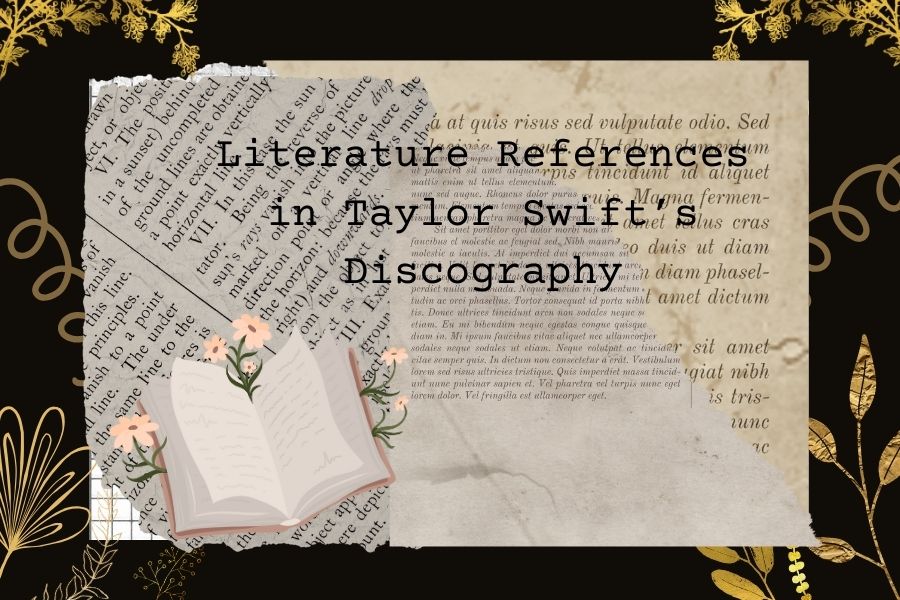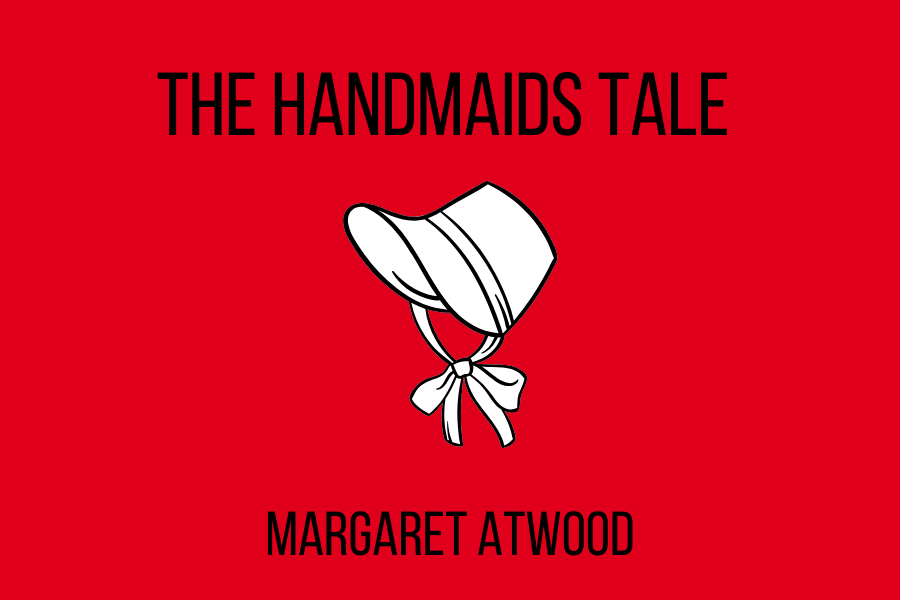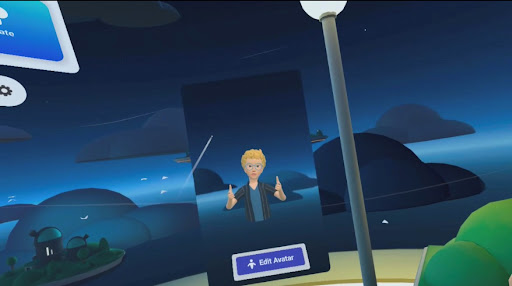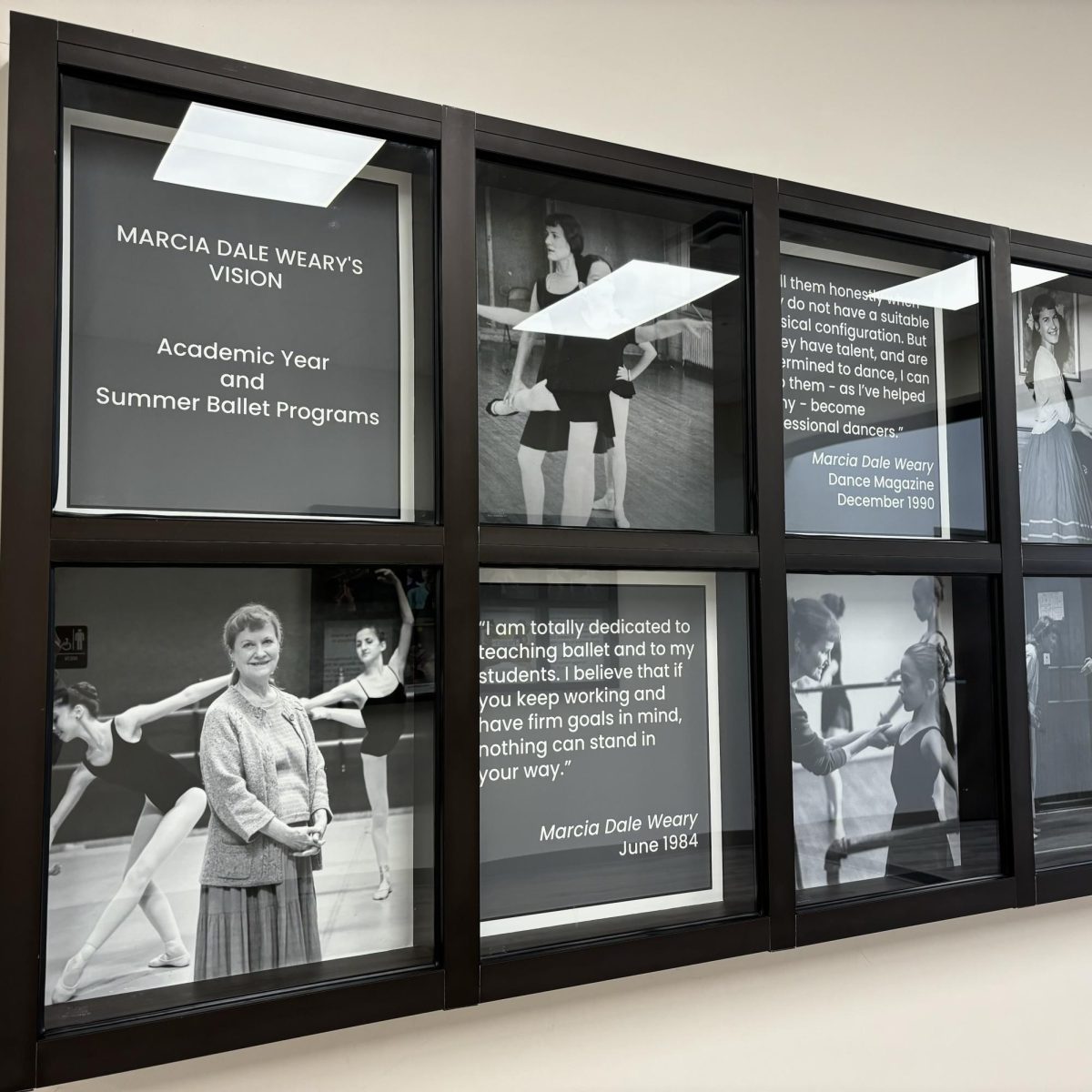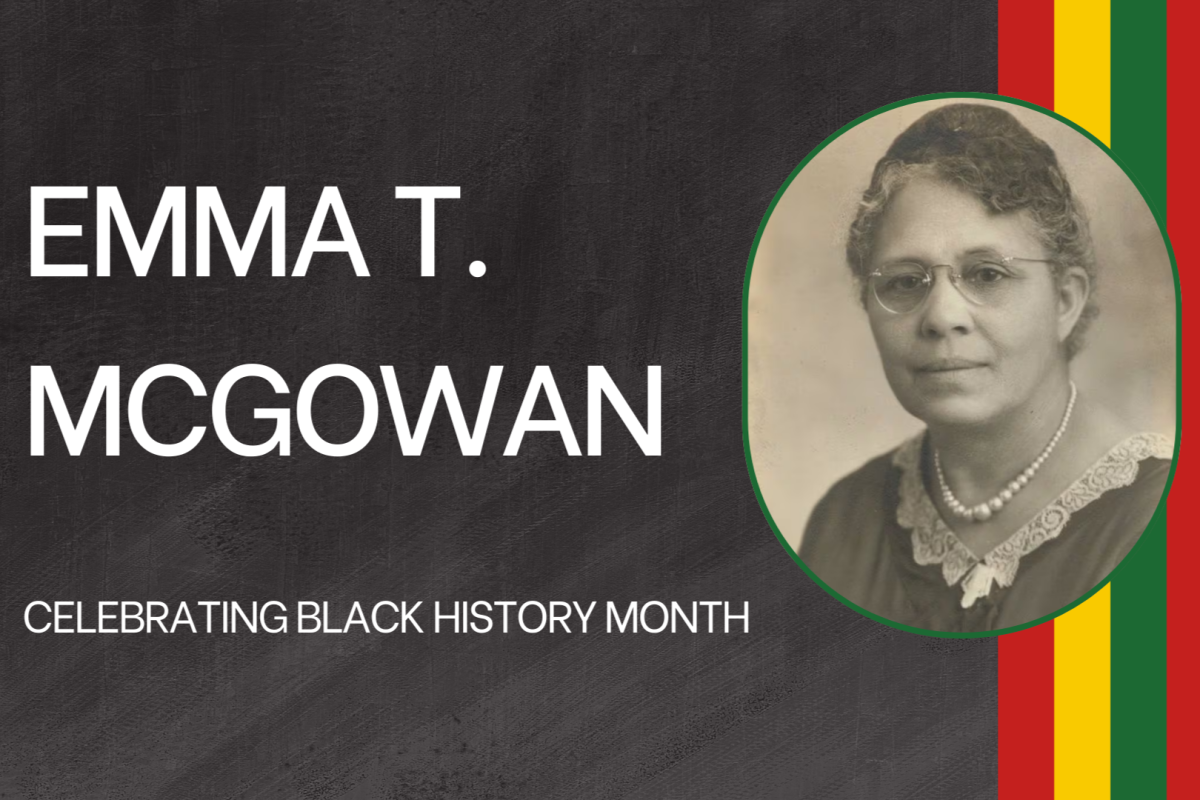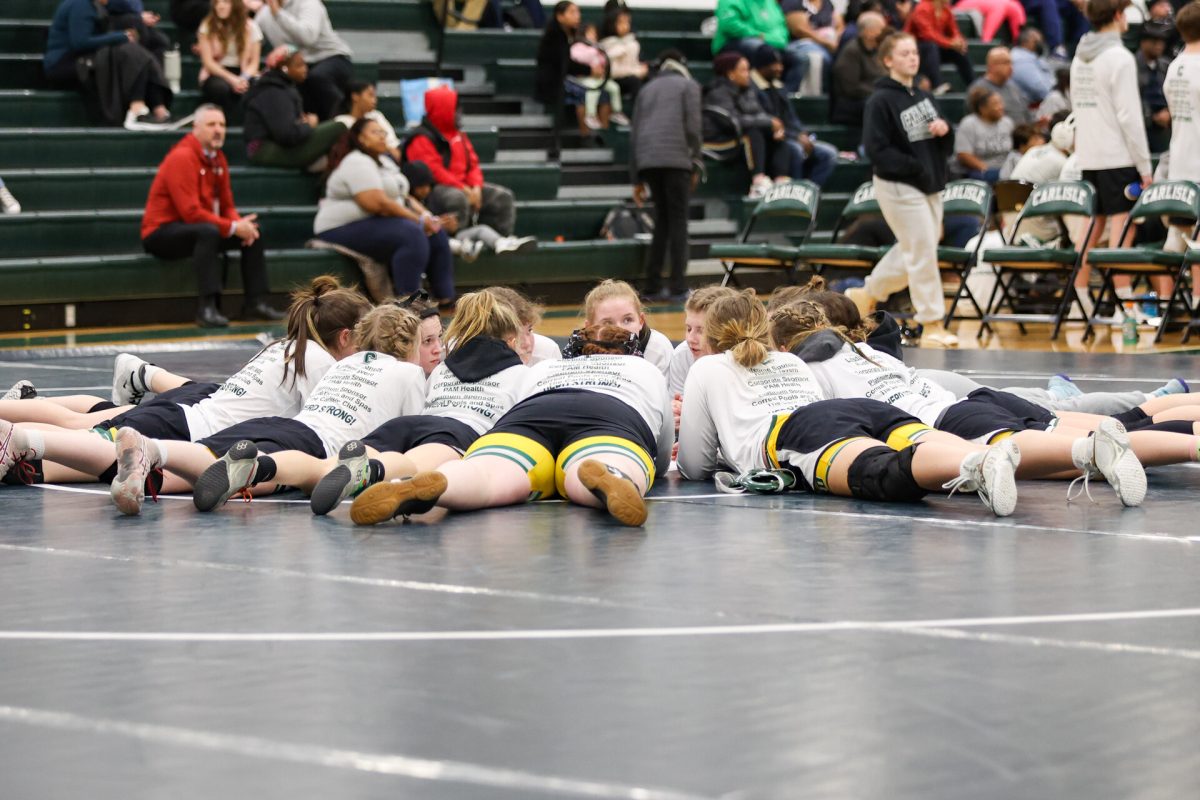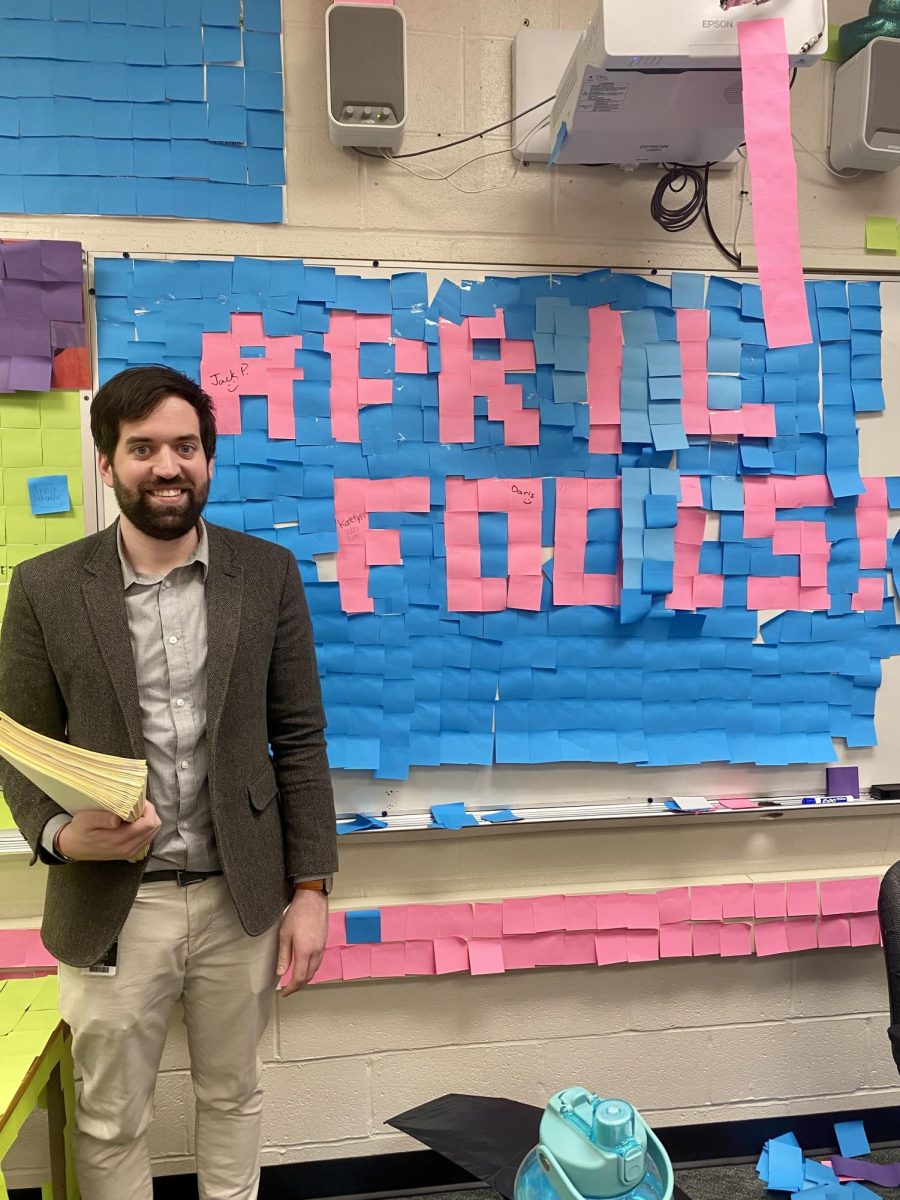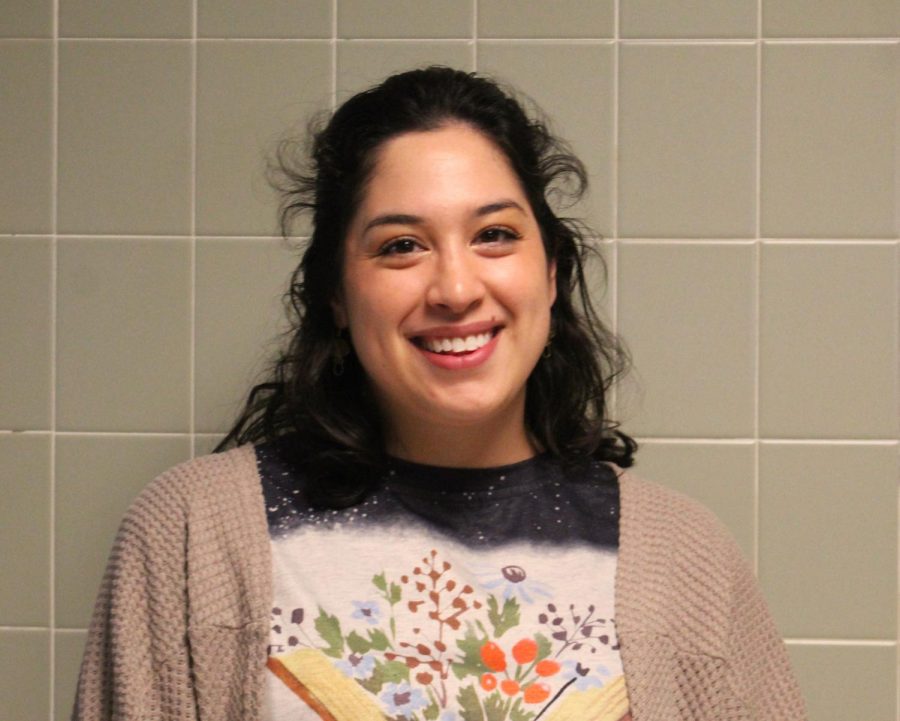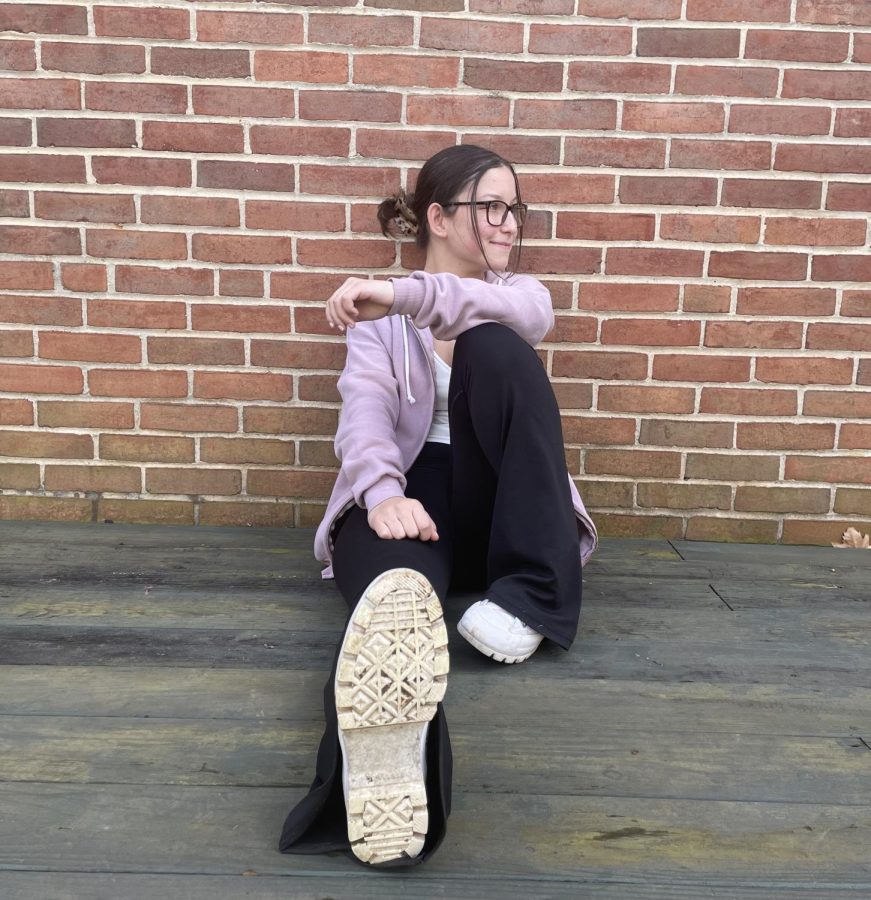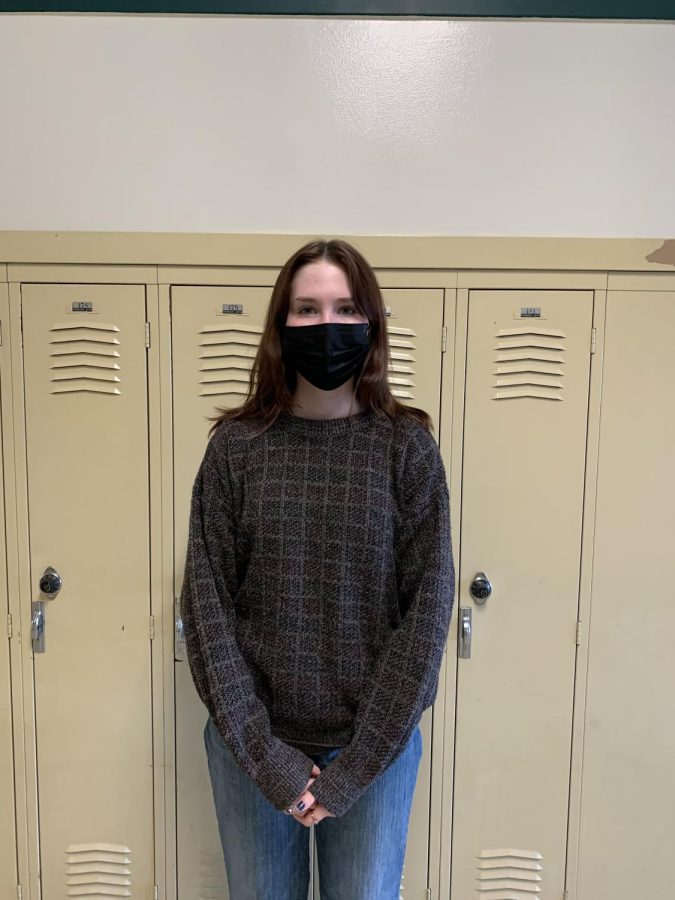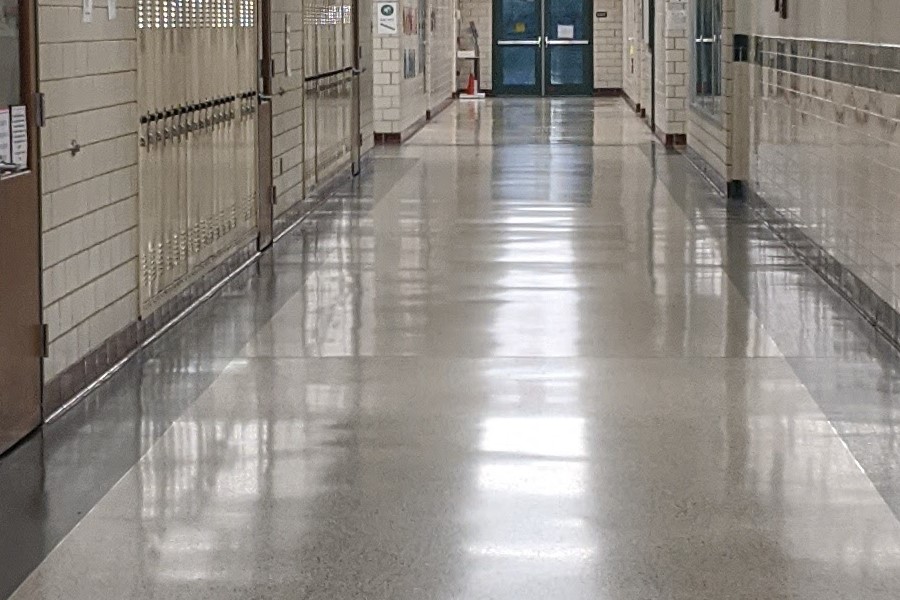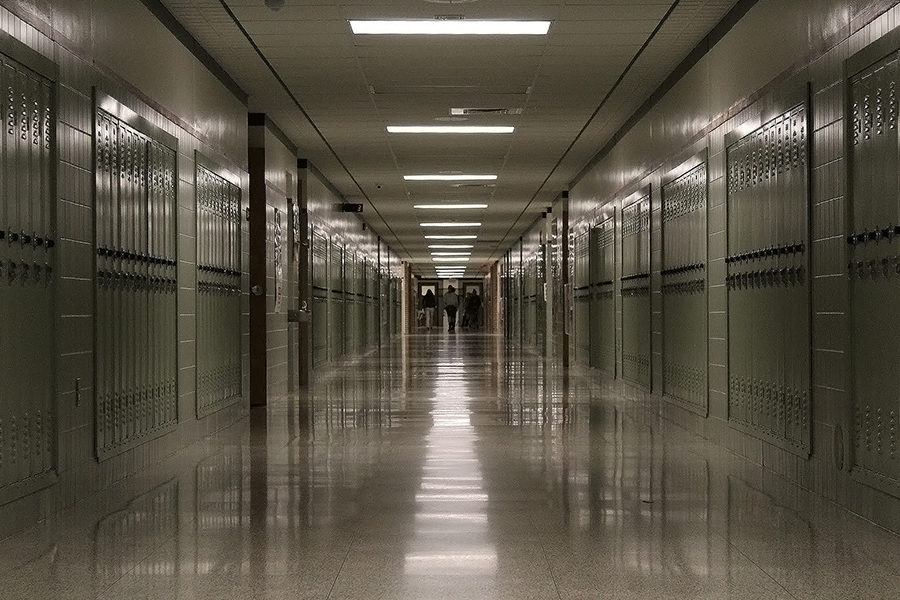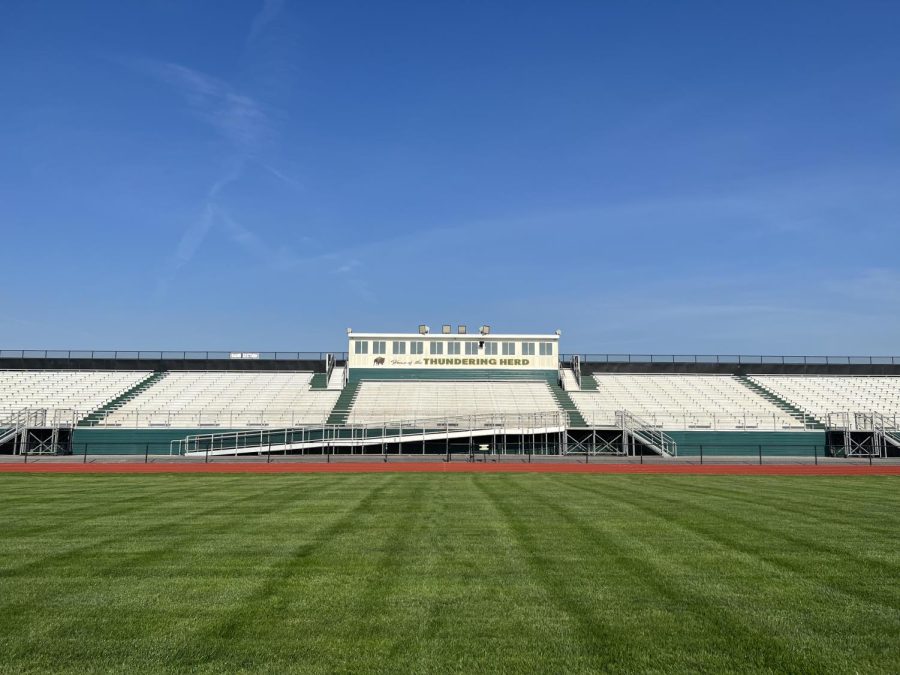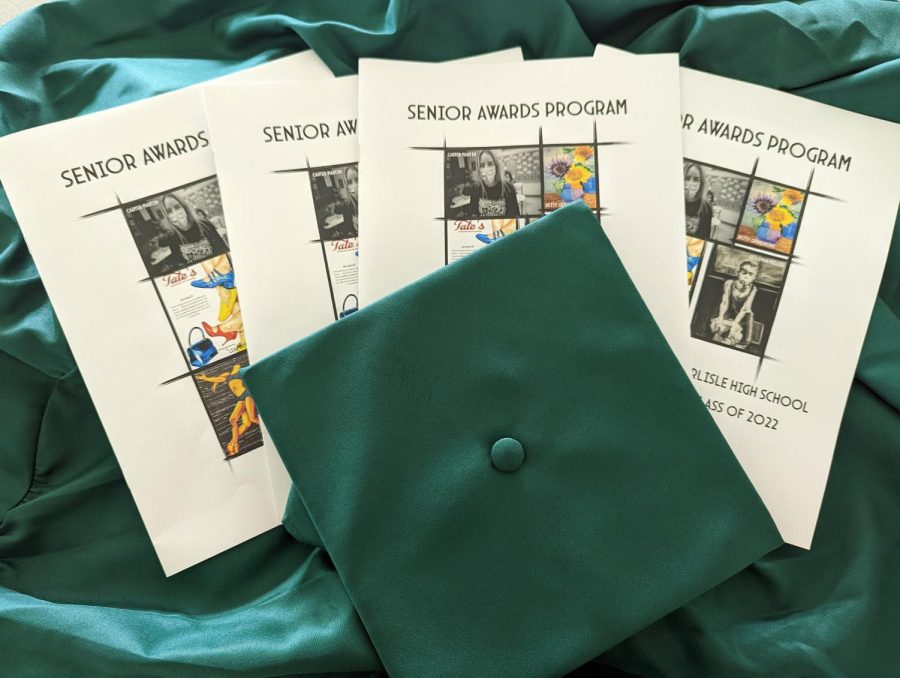Year-round schooling is better for you than you think (Editorial)
School schedules are often debated: which style of school year is best for the student? Year round schooling has many benefits for the students and teachers.
While difficult to understand at first, the year-round school schedule is built to help the student.
There are several variations of year-round schooling but it usually consists of several three to four week breaks instead of one three-month long break in the summer. This has many positive impacts on students and their capability to learn and retain material.
Over the summer, many students forget everything they learned the previous school years. In one study done, Mary Brown, a teacher from Wake County, in Raleigh North Carolina, a district recently transitioned into a year round schooling system, was quoted on Scholastic.com about this.
“Our schedule offers the kids a break from school right when they need it,” said Brown.
Students need breaks from school every so often and going to school for months without breaks is hard on both students and teachers but could be made easier with smaller, more manageable portions of school to handle. This also has many benefits for different family types.
Research shows that differences in rates of achievement due to family socioeconomic status and ethnicity greatly increase more during the summer months than during the school year. Some families are unable to provide the enriching activities given at school over longer periods of time like summer vacation.
In a study done at Johns Hopkins University, researchers found that “prior to high school, the achievement gap by family SES (socioeconomic status) traces substantially to unequal learning opportunities in children’s home and community environments” and that learning opportunity was nearly equivalent during the school year. This means that longer summer may be creating greater distance in educational equality.
Certain models even allow for larger student bodies. In some districts outside of Raleigh, North Carolina, they use a “multi-track” model. Tracks are groups of kids that all stay together and go to school on the same schedule. There are four tracks and their schedule is staggered so that, of the four, only three tracks are in school at a time. Their year-round school calendar allows 25% more students to use facilities and maximizes usage of the building.
Year round school positively affects everyone involved. While difficult to imply, it should be recognized for its advantages to families, districts and the lives of students.
Want to help the Herd? Please consider supporting the Periscope program. Your donation will support the student journalists of CHS and allow us to purchase equipment, send students to workshops/camps, and cover our annual website hosting costs.

Kathleen O’Neill is currently a senior at Carlisle High School. This is her third year as a Periscope staff member. In the past, Kathleen has written...

Kenzy is currently a freshman at Carlisle High School. This is her first year on Periscope and she is a photo editor and photographer. While not getting...




